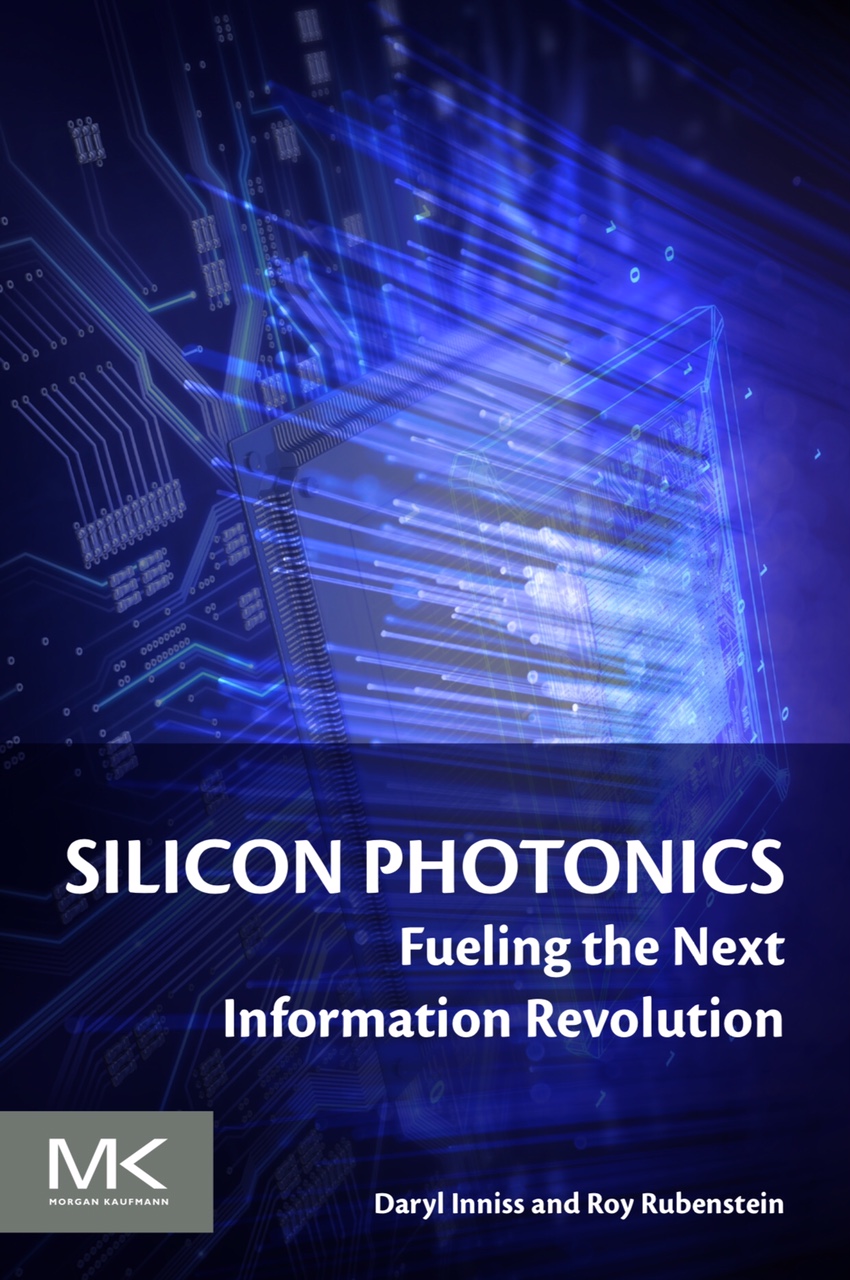Making best use of data at the network's edge
 Tuesday, August 13, 2024 at 11:57AM
Tuesday, August 13, 2024 at 11:57AM Moshe Shadmon has always been interested in data, the type that is spread out and requires scrutiny.
 Moshe Shadmon
Moshe Shadmon
He read law at university but was also fascinated by maths and computers.
By the time Shadmon graduated with a law degree, he had set up a software company. He never practised law.
"I think that part [not having an engineering degree] has always allowed me to look at things differently," he says.
More recently, Shadmon's interest in data has focussed on the network edge. Here, the data is typically across locations and too plentiful to fit within one machine.
"If the data needs to be managed across many machines, it is a problem," says Shadmon. "Suddenly, solutions become complicated and expensive."








